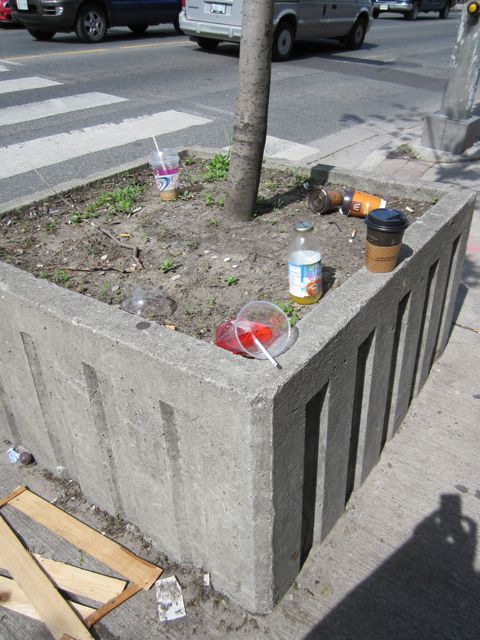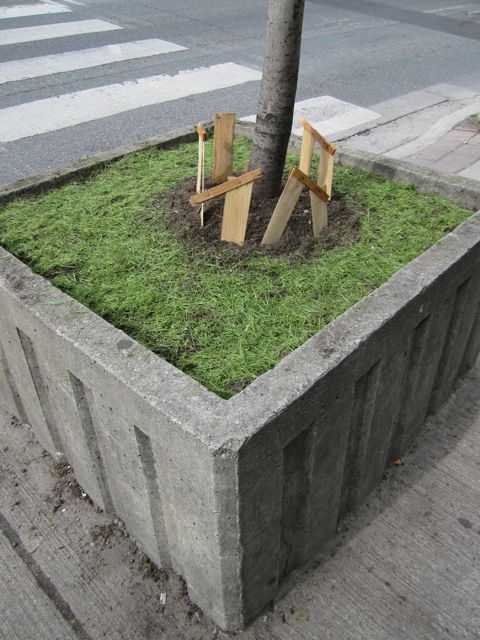Being She: The Culture of Women’s Health and Health Care Through the Lens of Wholeness
Gladstone Hotel – TORONTO
Featured Artists – Sarah Anne Johnson, Nina Levitt, Jane Martin, Meryl McMaster
[June 9 to August 1 2011]
Juried Artists – Dawn, James Azzopardi, Caitlin Baker, Laura Barrn, Jennifer Bedford, Carole Conde + Karl Beveridge, Talia Eylon, Jeane Fabb, Hoda Ghods, Michelle Gibson, Katherine Hartel, Sophie Hogan, Moe Laverty, Manon Liz with Marianne Liza-Dumoilin, Yalda Pashai-Fakhri, Pam Patterson + Leena Raudvee, Larry Rossignol, Jasper Savage, Elida Schogt with Guntar Kravis, Lillian Sly, Alison Snowball, Gaetanne Sylvester, Elaine Whittaker, Access Alliance Multicultural Health and Community Services
[June 9 to 15 2011]
Curators: Deborah Wang and Christina Zeidler
Curatorial advisors: Sophie Hackett, Michelle Jacques, and Betty Ann Jordan
Judging by a capacity crowd for opening night at the Gladstone, an intimate and thoughtful curated tour a few days later, and a high volume of press coverage that has been dedicated to the show – something about Being She has struck a nerve, if not the central nervous system of women’s health itself. Being held as part of centennial celebrations of Women’s College Hospital, the photo based exhibition is the first of its kind in the 100 year history of the health care institution.
My contribution as part of the juried show is dedicated to my mother Margie Snowball [1952-2010]. The series of photos was taken at Akropoli metro station in Athens.
Round & Round [She Goes] 2009
Often, the whole is illuminated only with the brilliance of hindsight. Kinetic forces of motion and change redraw borders and reshape lines, in staunch defiance of definition until – natural or otherwise – a conclusion is reached. My mom and I were in Athens when doctors discovered the tumour in her brain. With the forces at play, with our roles reversed, I mostly walked behind her. It was the beginning of her end and the end of my beginning.
While the juried portion of the show has come down the featured artists works remain up on the third and fourth floors of the hotel through August 1. Still, you can check out the Women’s College Hospital site for samples of all Featured and Juried artists’ works. Below, you can click through to more extensive press coverage of the show.
York University – York prof featured in Toronto hospital’s centennial celebration [June 1]
Xtra – Artists revisit troubling history of women’s health in Canada [June 2]
National Post – Five things to do this week [June 3]
CBC Radio One – Here and Now – Interview with curator Deborah Wang [June 8]
Globe and Mail – One Hundred Years of Healing [June 9]
Inside Toronto – Exhibit celebrates centennial of Women’s College Hospital [June 12]



![Round & Round [She Goes] 2009](http://alisonsnowball.com/wp-content/uploads/2010/03/IMG_9084_2.jpg)


![Blue Mosque [Istanbul, Turkey 2009] Alison Snowball](http://alisonsnowball.com/wp-content/uploads/2010/03/IMG_0830.jpg)
![Colosseo Inside Out [Rome, Italy 2009] Alison Snowball](http://alisonsnowball.com/wp-content/uploads/2010/03/IMG_1753.jpg)
![Colosseo By Night I [Rome, Italy 2009] Alison Snowball](http://alisonsnowball.com/wp-content/uploads/2010/03/IMG_2177.jpg)
![Colosseo By Night II [Rome, Italy 2009] Alison Snowball](http://alisonsnowball.com/wp-content/uploads/2010/03/IMG_2178.jpg)
![Ancient New Day [Athens, Greece 2009] Alison Snowball 8.5"x11" $150](http://alisonsnowball.com/wp-content/uploads/2010/03/Ancient-New-Day.jpg)
![Heights of Hagia [Istanbul, Turkey 2009] Alison Snowball $300](http://alisonsnowball.com/wp-content/uploads/2010/03/Heights-of-Hagia.jpg)
![Inside Out [Paris, France 2009] Alison Snowball 8.5" x 11" $150](http://alisonsnowball.com/wp-content/uploads/2010/03/Inside-Out.jpg)
![FanFare [Cairo, Egypt 2009] Alison Snowball 16" x 20" $300](http://alisonsnowball.com/wp-content/uploads/2010/03/FanFare.jpg)
![Pipe Dreams [Berlin, Germany 2009] Alison Snowball 16" x 20" $300](http://alisonsnowball.com/wp-content/uploads/2010/03/Pipe-Dreams.jpg)
![Interweb [Istanbul, Turkey 2009] Alison Snowball 8.5"x11" $150](http://alisonsnowball.com/wp-content/uploads/2010/03/Interweb.jpg)
![Ascent [Paris, France 2009] Alison Snowball 16"x20" $300](http://alisonsnowball.com/wp-content/uploads/2010/03/Ascent.jpg)